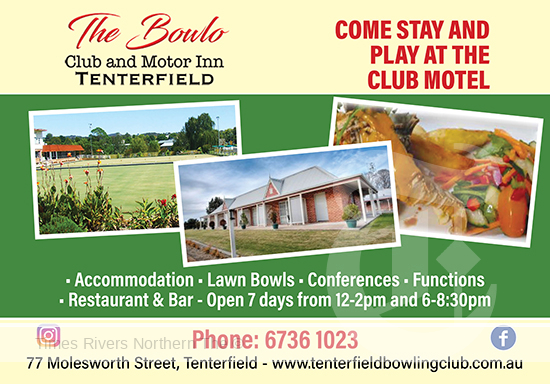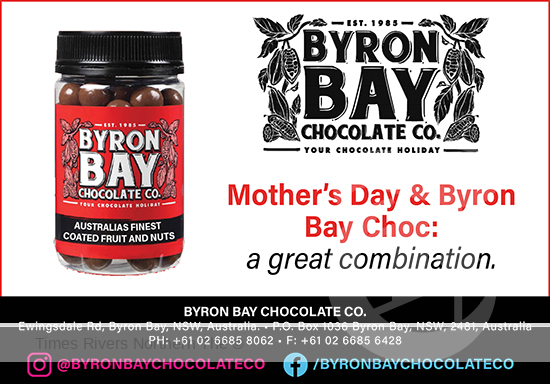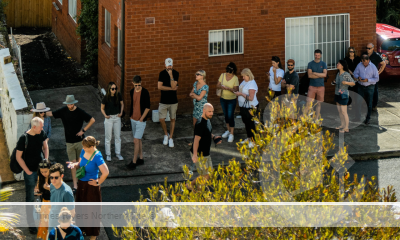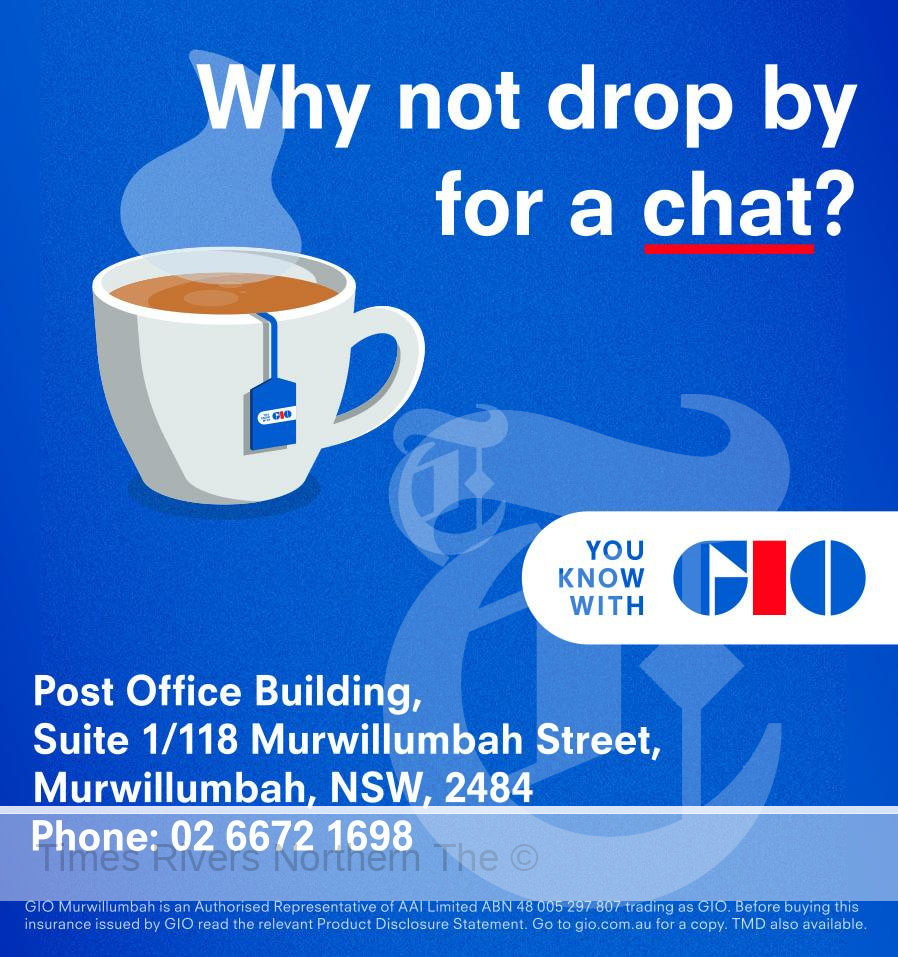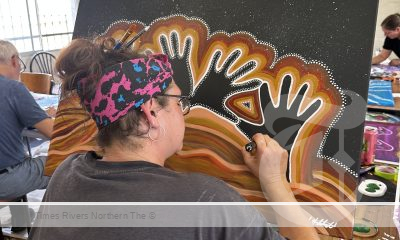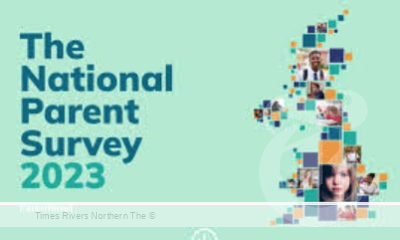Cancer tumour energy changes and how Lifestyle factors increase risk
Article 5
In the last article, I discussed angiogenesis processes by tumour cells (creating a line for food and energy) and how important nutrition is. In this article, I will show how tumour cells change our energy production and two common lifestyle factors that can increase risk to us, and the people close to us.
Cancer cell energy deregulation
Advertisements

Cancer cells are always looking to grow, mutate and invade other regions in the body. To do this, the cells need to have increased sources of energy available. Typically, our body produces energy, requiring oxygen to be present. The energy produced this way is called aerobic metabolism, which makes energy at a slower rate, usually using a combination of lipids and glucose. This will produce energy for our normal activities; however, the tumour derails this process, using glucose as the main source (even if oxygen is present) allowing a higher rate of energy replenishment (called the Warburg effect).
The downside of this process is higher lactic acid production, possible increased inflammatory responses, and, ultimately, the creation of an ideal environment for a cancer tumour. Unfortunately, this process allows the cells to dodge or evade normal cellular death (apoptosis) due to the tumour having enough energy to sustain defect or mutated cells.
Exercise (both resistance and cardiovascular) helps in multiple ways by enabling the body to help our body find the tumour (discussed in previous articles) and maintaining our bodies natural immune system at the peak of its ability. It will also help our body maintain normal energy processes, reducing the effect of the tumour deregulation.
Lifestyle factors
Two of the most common lifestyle factors which are associated with several forms of cancer are smoking and consumption of alcohol. These two lifestyle factors cause multiple changes that increase our risks, no matter how little we may consume.
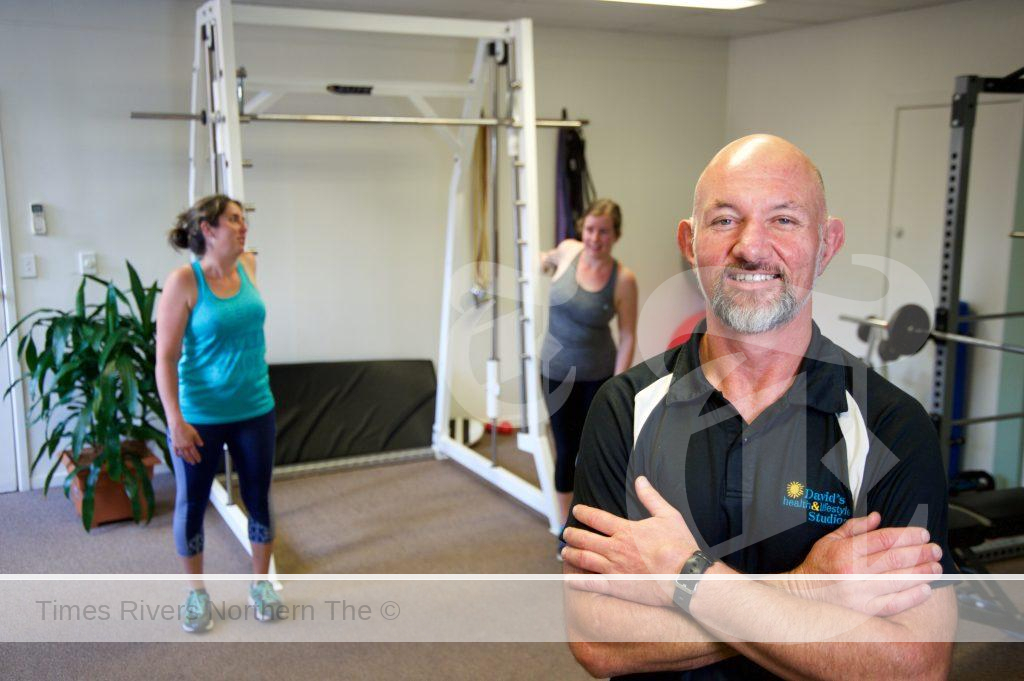
David Hoffman of David’s Health and Lifestyle studios
Smoking
According to the Australian Cancer Council, smoking is attributed to 20% our our national cancer burden. Smoking is considered (by many countries) as the largest preventable factor causing cancer. Not only does it affect the person who is smoking, it affects those that are exposed to passive smoke. It has shown that in cases of lung cancer, a person who has a partner who smokes regularly may increase the risks of the non-smoker being diagnosed with lung cancer by up to 30%.
Smoking enables the damaging and mutation of cells which then increases the probability of uncontrolled tumour growth. Not only does it affect the smoker and those that passively smoke, it can alter our chromosomes that we pass onto our children, creating an epigenerational increased susceptibility to multiple cancer types. Would you chose to continue knowing you could be affecting your children or grandchildren?
Alcohol
Alcohol causes damage to cells in the same process that smoking does. Alcohol increases inflammatory responses in the body, which may help create a perfect microenvironment for cancer tumours. There is now comprehensive evidence that alcohol is also attributed to increased risks of multiple cancer types such as liver, breast, and colon.
Both these lifestyle factors do not have to be consumed in excess to increase risk of cancer. Looking at our lifestyle, small changes can have an exponential reduction of the risk of cancer diagnosis.
In the next article I will look at some of the common chemotherapy treatments and how the medication used has effects on tumours. Have a great week everyone and stay safe.
David
For more health news, click here.
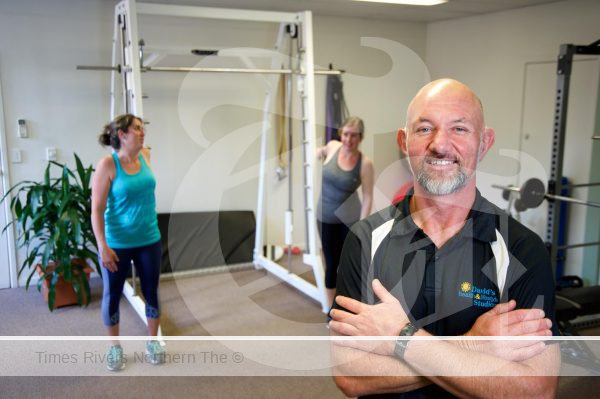


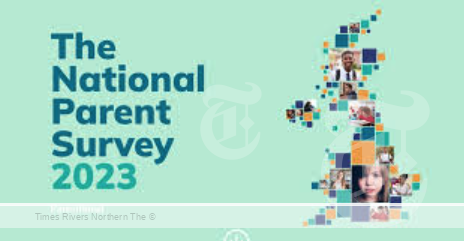
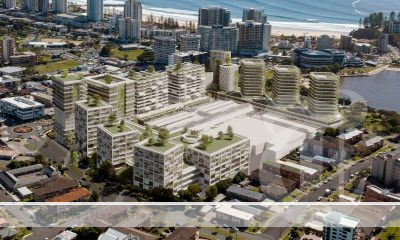
 Tweed Shire News2 years ago
Tweed Shire News2 years ago
 Motoring News1 year ago
Motoring News1 year ago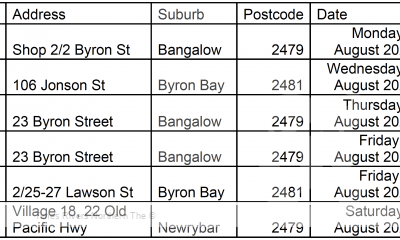
 COVID-19 Northern Rivers News3 years ago
COVID-19 Northern Rivers News3 years ago
 COVID-19 Northern Rivers News3 years ago
COVID-19 Northern Rivers News3 years ago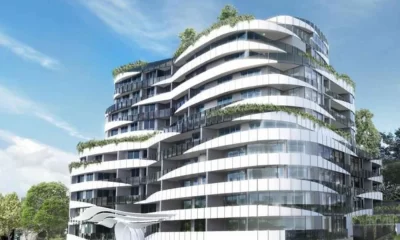
 Northern Rivers Local News3 years ago
Northern Rivers Local News3 years ago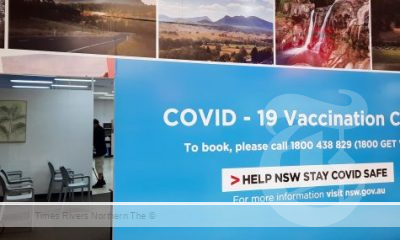
 Health News3 years ago
Health News3 years ago
 COVID-19 Northern Rivers News3 years ago
COVID-19 Northern Rivers News3 years ago
 NSW Breaking News3 years ago
NSW Breaking News3 years ago









